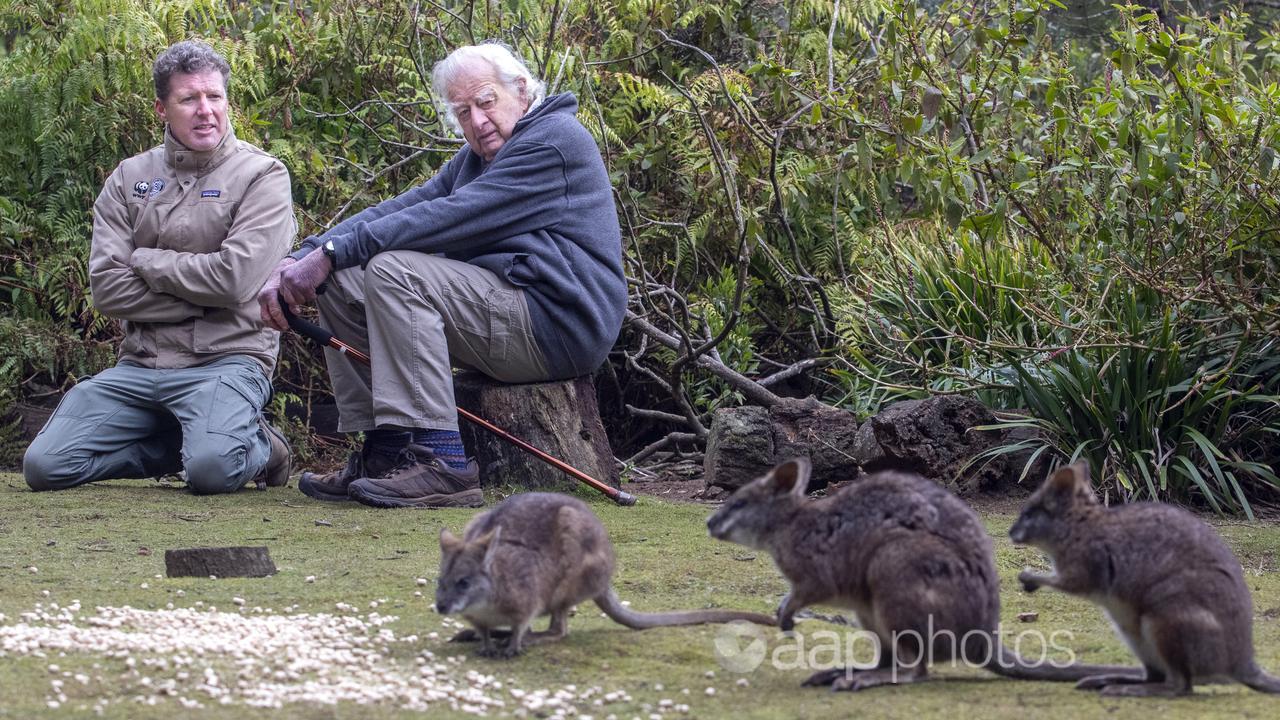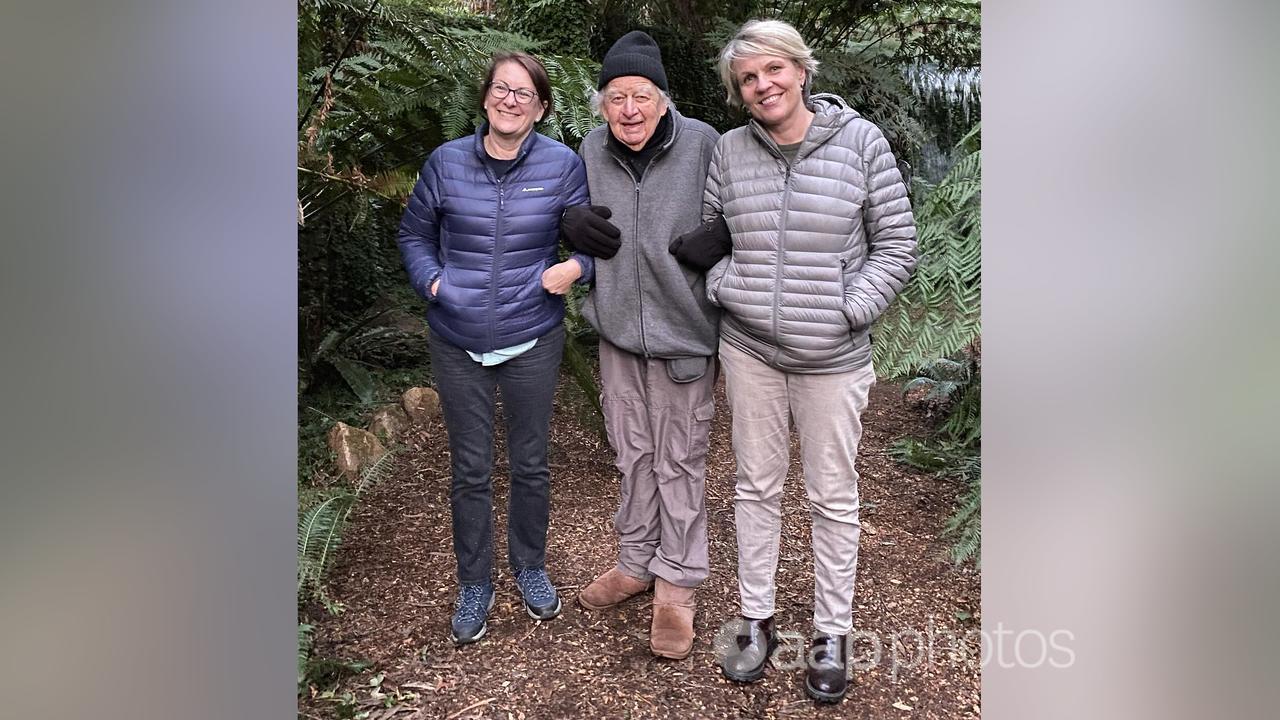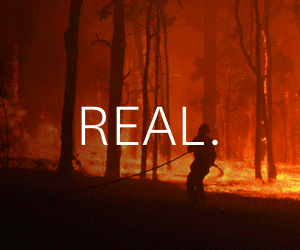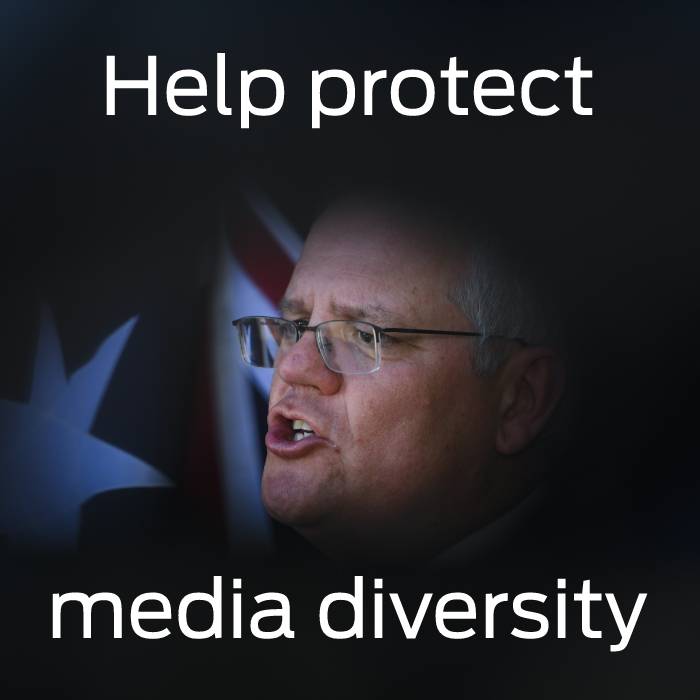At 88, Peter Pigott reckons he’s spent $2 million keeping Australia’s largest population of Parma wallabies alive – but he hasn’t seen a cent from the federal government.
His 53-year crusade to save a marsupial once thought extinct is a perfect case study of what’s wrong with the country’s efforts to save its most imperilled plants and animals.
Governments typically won’t spend what’s required, recovery planning is sorely lacking and habitat loss continues – which all adds up to a general failure to improve survival prospects, a new report card by WWF-Australia says.
The report card released on Saturday, for National Threatened Species Day, is disheartening reading for the likes of Mr Pigott and others who invest their time, money and effort in trying to pull species back from the brink.
Mr Pigott recently conceded he might need help with the cost of feeding his precious mob and sought assistance from WIRES – Australia’s largest wildlife rescue and rehabilitation charity.

The weekly bill is substantial, given his 200 or so hungry wards munch their way through 40kg of carrots, 20kg of sweet potatoes, and 25kg of special pellets every day.
The conservationist is also planning for the time when he won’t be able to care for the wallabies on his sprawling property at Mount Wilson in the Blue Mountains of NSW – a property he expanded specifically to provide a safe haven for the species.
Over decades, he’s carefully protected the habitat they rely on to survive and created dams so they have ready access to water.
He’s even ringed his property with an electric fence to keep out predatory foxes.
So it’s not hyperbole to call Mr Pigott’s efforts extraordinary.
During a recent visit, federal Environment Minister Tanya Plibersek credited him with “single-handedly” bringing the wallaby back from the brink of extinction.
But what if he hadn’t? What of the wallaby’s prospects then?
For so many of the 2163 plants, animals and ecological communities listed as in danger under federal laws, there is no Mr Pigott and their fate rests with government authorities.
And the latest report card makes it clear those efforts aren’t making much headway.
Nationally, Australia scored an F on funding, recovery planning, and improving the threat status of species.
The grade for persistence – the likelihood species will become extinct – remained a B, and habitat protection inched over the line to a C, from D.
“The federal government needs to urgently fix broken nature laws and boost funding for our threatened plants and animals,” WWF’s Dr Tracy Rout, who wrote the report card, says.
“Our existing laws allow the continued destruction of habitat.
“Only nine per cent of our threatened species received dedicated funding from the Australian government in the last five years.
“Just seven per cent have a current recovery plan.”
These are statistics that distress Mr Pigott.
“If an animal becomes extinct it’s gone forever. There’s huge emotion in that,” he says.
“You can say ‘sorry they’re extinct’ – that’s pathetic if you didn’t try to do something about it.”
The story of Mr Pigott’s half-a-century-long association with the pretty-faced parma wallaby is a cracker.
The wallaby is endemic to NSW and was thought to be extinct from the 1930s until 1965, when a thriving population was found on New Zealand’s Kawau Island.
As it turns out, Sir George Grey – a governor of South Australia and then New Zealand – had in the 1860s populated the island with exotic animals, including Parmas and other wallaby species.

By the 1960s, they were so plentiful they were being culled but this went unnoticed in contemporary Australia, where the situation couldn’t have been more different.
Not long after Australia realised what was happening in New Zealand, some parma wallabies were found in the wild near Gosford in NSW, but their numbers appeared low and Mr Pigott hatched a bold plan to change that.
In 1971, in multiple flights, he flew in wallabies from Kawau Island with an initial population of 38 now numbering about 200 – the largest known to exist in Australia.
Mr Pigott knows he’s done his best for the wallaby, and welcomes the decision in 2022 to list them as vulnerable to extinction under federal laws.
“It didn’t make me happy, obviously,” he said.
“However, for the first time, we’ve had attention from the government, including a visit from the federal environment minister.
“I hope that all Australian native wildlife will continue, not just the parma wallaby.
“There are many more animals in Australia that are endangered and need action from the government.”
AAP asked Ms Plibersek’s office if Mr Pigott had ever received any federal financial help for his wallaby protection efforts.
Her department responded, saying the government had published conservation advice to guide the protection and recovery of the parma wallaby, which was affected by the 2019-2020 Black Summer bushfires.
“The Australian government provided bushfire recovery support in these impacted areas for activities such as invasive predator control and habitat restoration, which may have benefited the parma wallaby,” a spokesperson for the department said.




















